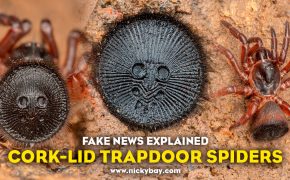Many a time, we’ve seen spiders that have lost legs. Some may have lost it in fights, while some may have dropped the legs when escaping from predators that have caught onto their legs. Losing a limb or two, may have just saved the spider’s life then. To cope with this, spiders are able to regrow or regenerate their lost legs after a number of moults. After one moult, the new legs would appear smaller than the full-grown size, but they should be back to full glory after a few more moults. Unfortunately, this also means that fully mature spiders that have stopped moulting will not be able to regenerate their lost legs – amputation would be permanent.
Lunula Huntsman Spider (Heteropoda lunula)
A wide-angle shot of this Huntsman Spider shows a peculiar leg that looked different from the rest. It is likely to have regrown very recently.
Lunula Huntsman Spider (Heteropoda lunula)
Another view of the Huntsman Spider
Huntsman Spider (Sparassidae)
Another Huntsman Spider with a regrown leg – it looks obviously different from the other legs.
Huntsman Spider (Sparassidae)
Yet another Huntsman Spider with a regrown leg.
Huntsman Spider moulting (Sparassidae)
Huntsman Spider freshly emerged from it’s moult.
Lichen Huntsman Spider (Pandercetes sp.)
Lichen Huntsman Spider fresh from the moult.
Wall Crab Spider (Selenopidae)
This Wall Crab Spider has lost 3 legs on the right, as well as both palps. It was moving much slower than other Selenopids and looked almost like it was going to die soon.
Wall Crab Spider (Selenopidae)
Miraculously, the same Wall Crab Spider moulted, and this was the result! Regrown all 3 legs and 2 palps! Although the new appendages are smaller than they used to, it was able to run much faster and seemed much livelier than before!

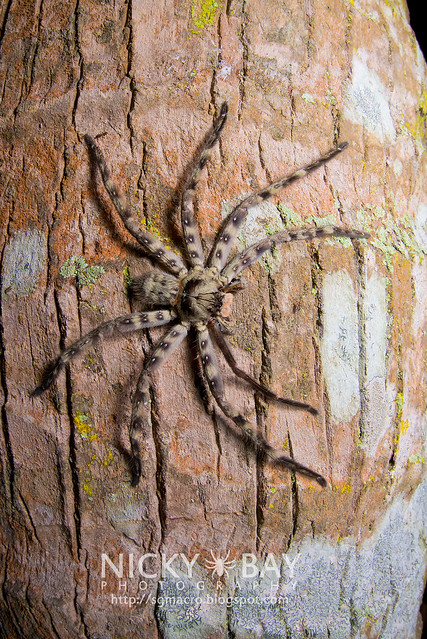
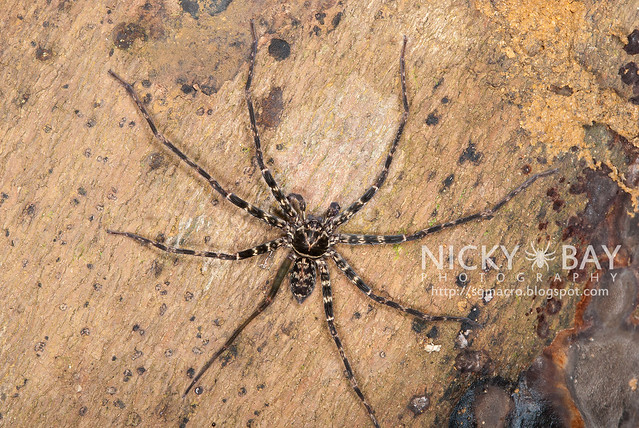
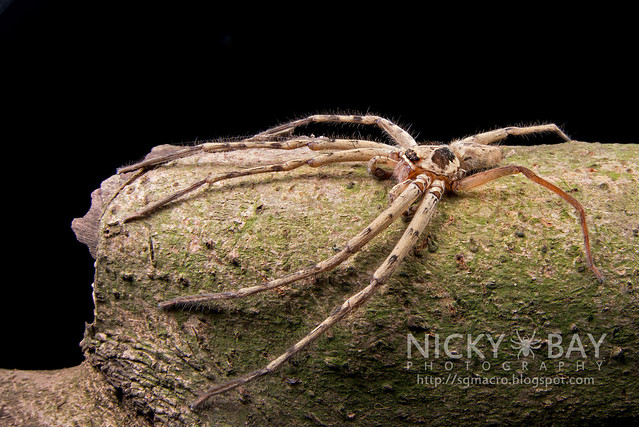
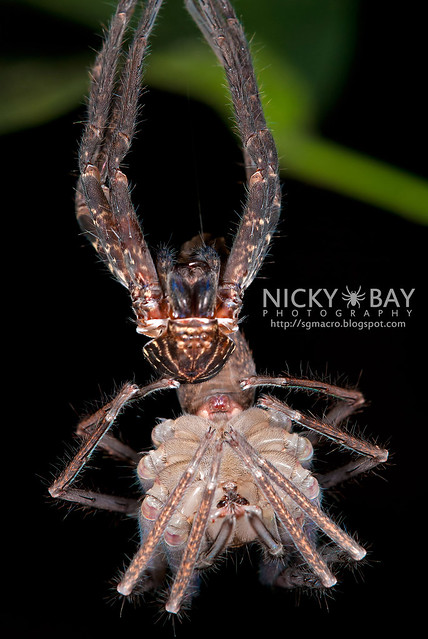
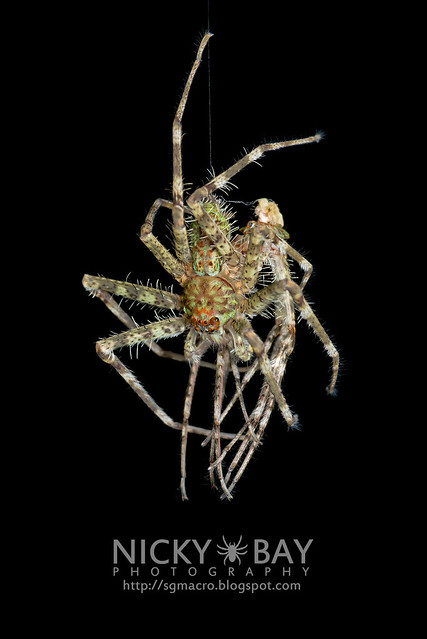
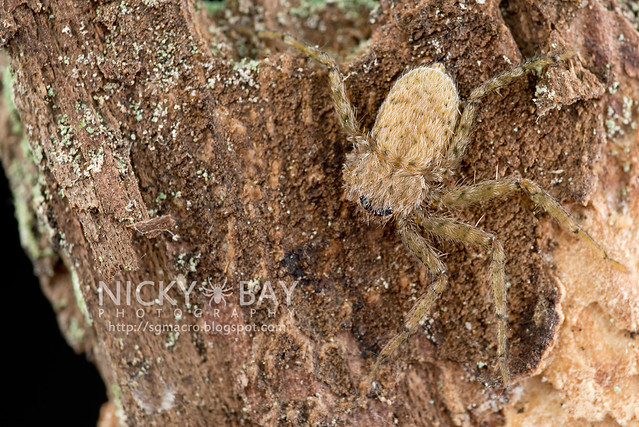

The ability for spiders to regrow legs is like magic to us, just like the process of metamorphosis in butterflies, moths, and many other insects. The beauty of nature never ceases to amaze, and with this, we can better appreciate the survival tactics of spiders.



